GRK "Dagger": for the drawn is very good
So, the video from which you can see the last seconds of the flight and, in fact, the use of a certain rocket weaponsalready bypassed the Internet. Unfortunately, we cannot publish it here, since the audio track consists of expressions that are not compatible with publication. Very emotional, of course, but censorship allows only two pretexts. The rest, alas.
The video shows the final segment of the rocket's flight and a very powerful explosion quite well.
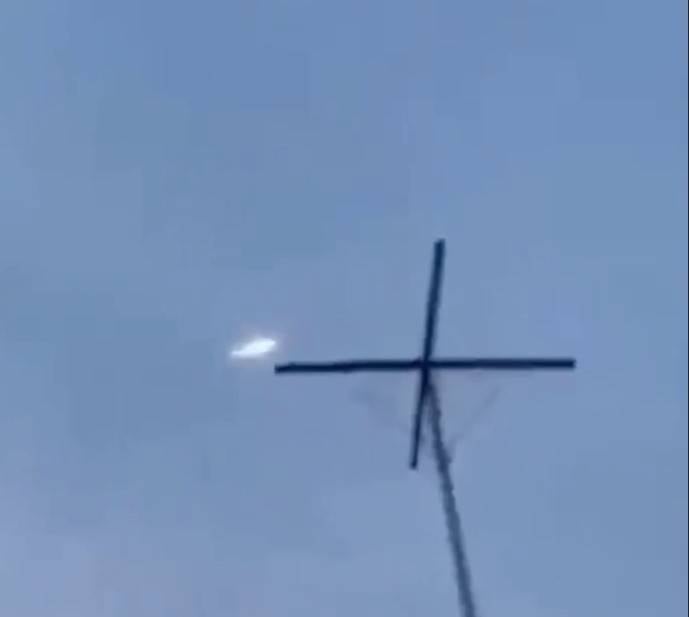

Official sources claim that this was the use of the Kinzhal GRK on March 18, 2022 near the village of Delyatyn, Ivano-Frankivsk region of Ukraine. During the strike, the underground warehouse of missiles and other ammunition of the 136th material support center of the Ukrainian Armed Forces was destroyed.
The video makes it possible to estimate the speed of the rocket, it clearly exceeded the speed of sound by a lot. Unfortunately, the image quality could not give a clear understanding of the classification of the missile. However, the flight path, more suitable for a cruise than for a ballistic missile, allows us to conclude that it was definitely not an Iskander.
"Caliber"? Well, some models of it can have a speed of about 3M when approaching. 3M-54E, for example. But the warhead there is only 200 kg, and in our case it hit much harder. The rest don't fly at that speed. The normal speed for the KR "Caliber" is about 0,8M.
And yes, I doubt that the strength of the hull of a cruise missile will be enough to break through the vault of an underground warehouse. That is, an explosion of the high-explosive part would take place, but on the surface. And in our case, the explosion was not deep underground, this is understandable, but not on the surface either. That is, the rocket definitely went deep for some distance.
It turns out, really "Dagger"?
Here, probably, it was very insulting to those who over the years stubbornly promoted the idea that the "Dagger" is nothing more than a cartoon. I agree with those who were very critical of the "wonder weapon" such as a long-flying atomic bomb in the atmosphere or dronecapable of crossing half the world under water. There is something in both projects, from the world of fairy tales.
But in terms of rocket technology, despite all the cataclysms that have been shaking the country for the past 30 years, everything is pretty decent with us. And this can be denied, but it is very difficult precisely in terms of argumentation, because there were already launches of Caliber, which flew from the Caspian Sea to Syria and got there where they needed to. And it was recorded not only by us and those who were hit. This was observed by many countries with their tracking equipment.
Russia is able to make rocket weapons at the highest level. This was shown by the Iskanders, which will be discussed in the near future on our pages, and the Caliber. Why not use the "Dagger" in combat conditions?
Turns out it was applied. And not at the level of cartoons, but at the level of underground warehouses in Delyatyn and the fuel and lubricant base in Konstantinovka, Mykolaiv region.
They launched, of course, from the MiG-31K of the Southern Military District, which are based in Akhtubinsk.
What is GRK "Dagger"?
The Kinzhal hypersonic missile system consists of two components.
The first is the MiG-31K carrier aircraft, upgraded accordingly to carry the 9-S-7760 missile. The MiG-31K, after being "sharpened" under the "Dagger", cannot carry most of its conventional weapons, but, to be honest, it does not really need it. But if you dismantle (not a very complicated procedure) the suspension system for the 9-S-7760, then “the MiG-31K again becomes an interceptor.
In the MiG-31K variant, the aircraft actually plays the role of the first stage of the rocket, which allows it to lift off the ground, gain altitude and initial speed. The rocket is launched from a height of 12-15 km, in a rarefied atmosphere.
Rocket 9-S-7760 - aeroballistic. That is, the maneuvering of the rocket in flight and keeping on course is due to the speed of the outflow of gas jets of the engines, and not due to the plumage, as in a cruise missile.
An engine that is capable of achieving such high speeds and maneuvering at them is the so-called solid propellant rocket engine, a solid propellant rocket engine that uses solid fuel and an oxidizer (the oxidizer can be liquid) as fuel. This is a scheme that has been proven over the years, working on hundreds and even thousands of missiles such as Minuteman, Trident, Polaris, Bulava, Topol, Yars. And it is convenient to store, unlike liquid fuel rockets.
What else can be said about the product 9-S-7760? The maximum speed is 10-12M, that is, up to 14500 km / h. The rocket reaches its maximum speed at an altitude of 20 km. The flight range is about 2000 km, excluding the flight range of the MiG-31K, which, with refueling, can fly a very significant distance.
KVO (circular probable deviation) about 1 meter. I.e. precision at the highest level. The mass of the warhead is 500 kg, that is, it is possible to place both high-explosive and nuclear warheads.
So if something was used in Delyatin, then "Dagger" is the most suitable for this role. A missile that travels at great speed, capable of going deep into the ground and exploding there, incapacitating, say, loading terminals.
A little more efficient than what's drawn, isn't it?
The air complex is only half the story. There is a very interesting photo, which shows a clearly "recovered" "Dagger". Most likely, this is a model for aerodynamic tests, but ...
There is information that a new variation on the 9-C-7760 theme will become larger and heavier. The length will increase to 11 meters, and the weight will increase to 7,5 tons. This is due to the addition to the 9-S-7760 of the second stage from the 9M723 missile of the Iskander-M complex.
Such modernization should increase the range of the missile and make it possible to launch from the ground.
No matter how good the MiG-31K is as a carrier of such high-class weapons, the former interceptor-turned-attack aircraft can carry only one 9-S-7760 missile. This is clearly not enough, therefore it makes sense to consider more powerful Tu-22M and Tu-160M2 aircraft as carriers.
Or, as an option - a really ground launch. This can significantly increase the capabilities of the new complex in terms of application. The mobile complex on a wheeled chassis will be able to carry out launches at targets located at a distance of up to 1500-2000 km with impunity. That is, leaving no chance for the enemy to intercept.
In addition, the demonstrated accuracy of the defeat makes it possible for our potential adversaries to draw the appropriate conclusions and remain potential.
After all, the destroyed Tochka U missile storage base and aviation ammunition is a fairly well-known facility built back in the USSR with all the consequences. Neither more nor less, but one of the four central nuclear weapons storage bases, the so-called "Object 711" or "Ivano-Frankivsk 16".
This is a rather large complex of underground and aboveground structures, in addition to warehouses, it included a railway station, a household unit, a hospital, and a military camp.
In 1993, all nuclear weapons from Delyatyn were taken to Russia. On the site of a nuclear warehouse, an ordinary 136th center for providing missiles and ammunition to the Ukrainian Air Force arose. In 2018, two mountain assault battalions of the 10th separate mountain assault brigade of the Armed Forces of Ukraine were added to the center.
And underground, at a depth of almost 20 meters, now ordinary ammunition was stored. Naturally, the storage facility was built according to Soviet anti-nuclear protection standards, so it is simply not worth talking about destroying it with conventional ammunition. Soviet structures of this kind are capable of withstanding a nuclear warhead strike.
However, the huge kinetic energy of the "Dagger" and its warhead, coupled with accuracy, can make the use of the complex unusable if they get into the area of \uXNUMXb\uXNUMXbthe entrance adits and destroy them. How is it possible to operate such an underground warehouse, in which the entrance parts are destroyed? It is clear that if you work hard, you can restore and clear everything. But there is already a question of time during which the Armed Forces of Ukraine will have to remain without ammunition.
Сonclusion
The use of 9-S-7760 from a distance of about 1 km from a height of 000 km showed that the Kinzhal complex fully complies with the declared characteristics. This is especially pleasing in terms of accuracy. And here is really, very useful information for reflection for many.
Tests in a combat situation were more than successful, you can start waiting for ground and surface systems. It's okay if, for example, "Cleaver" and "Sword" are added to the "Dagger".
And it should be noted the political component of what is happening. The target in the Ivano-Frankivsk region is very far from the places of the special operation. But there, representatives of the West can very well study the consequences of a strike on warehouses and draw appropriate conclusions about the capabilities of the "Dagger".
It is difficult to say whether there will be hysteria about this on the sidelines of NATO, but the fact that they will have something to think about is clear as daylight. The main thing is to draw the right conclusions.
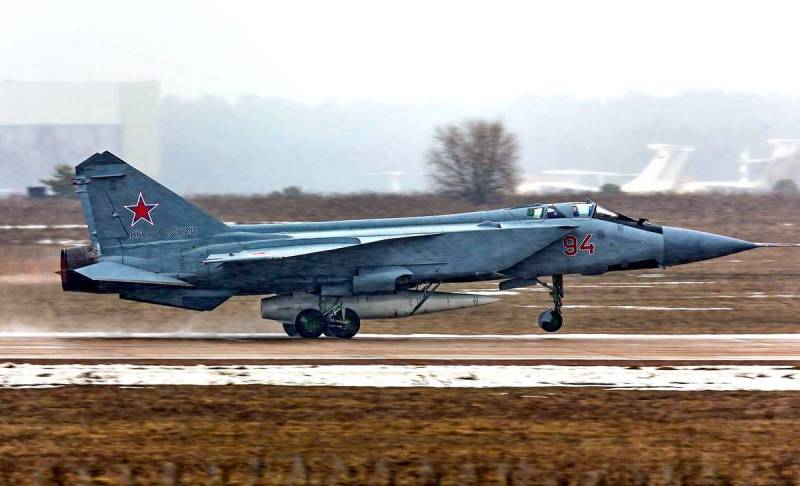
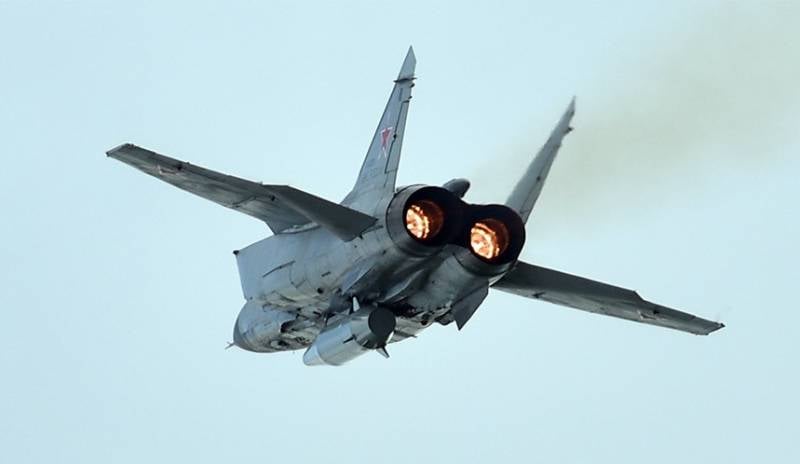
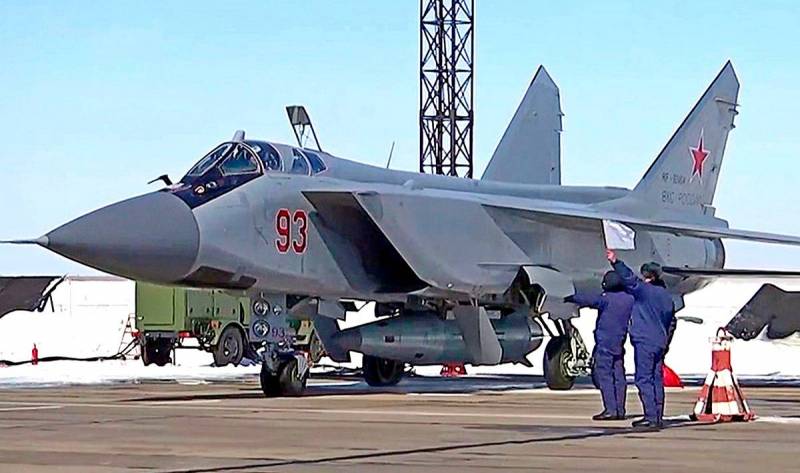
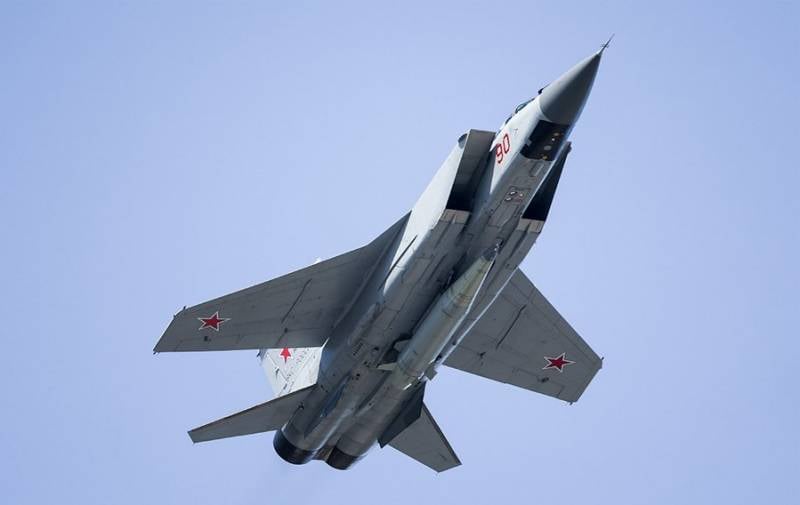
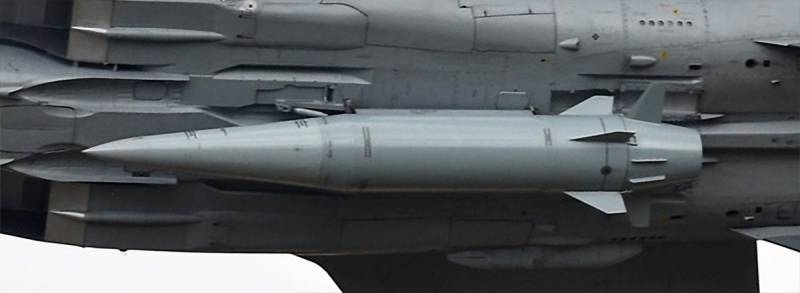
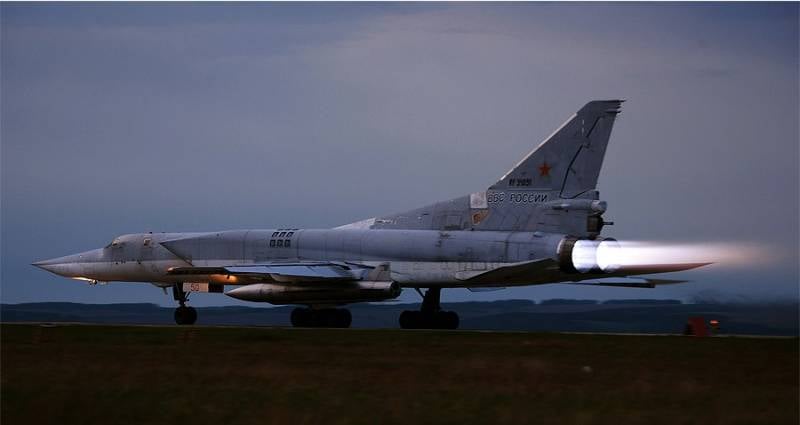
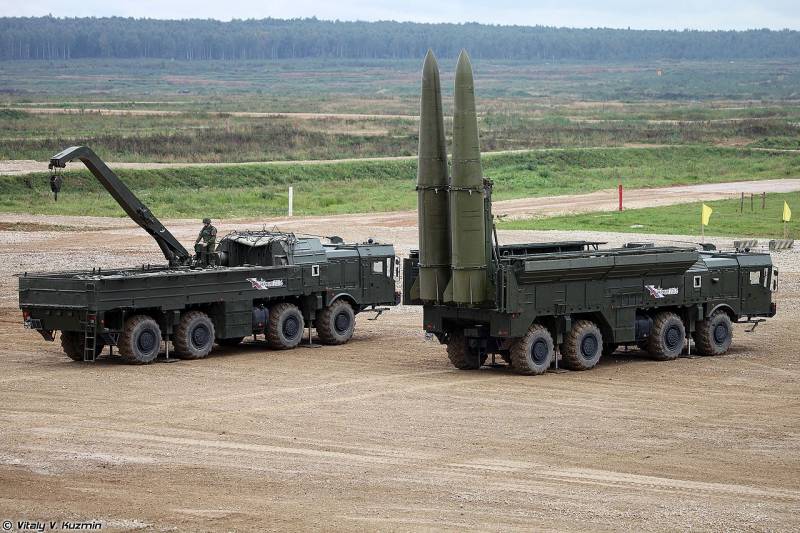
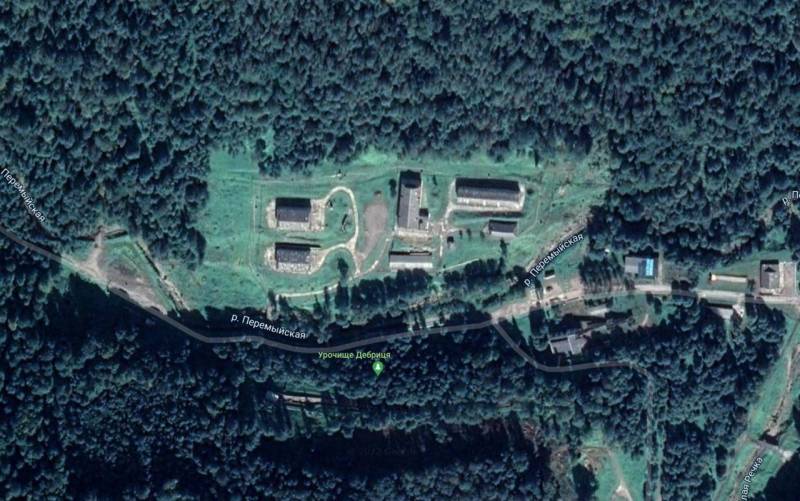
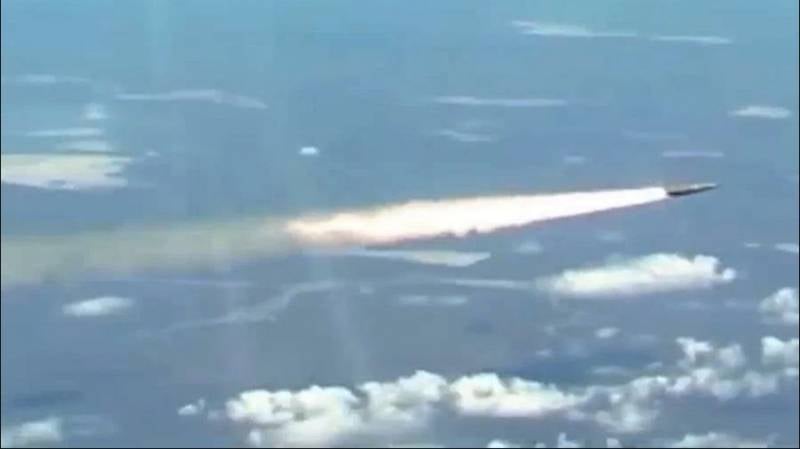
Information